Agrivoltaics in India
Synergy Solar, is committed to delivering advanced solar power solutions across India, helping farmers, businesses, and industries embrace sustainable energy. As a trusted solar installer and supplier, we specialize in innovative technologies like agrivoltaics systems, where agriculture and solar energy work together on the same land.
Agrivoltaics, also called dual-use solar farming, is the innovative practice of combining solar energy generation with agriculture on the same land. Instead of choosing between food and energy, agrivoltaics allows farmers to grow crops and harvest solar power side by side. This approach improves land-use efficiency, crop resilience, and energy sustainability, making it one of the most promising renewable energy solutions for the future.
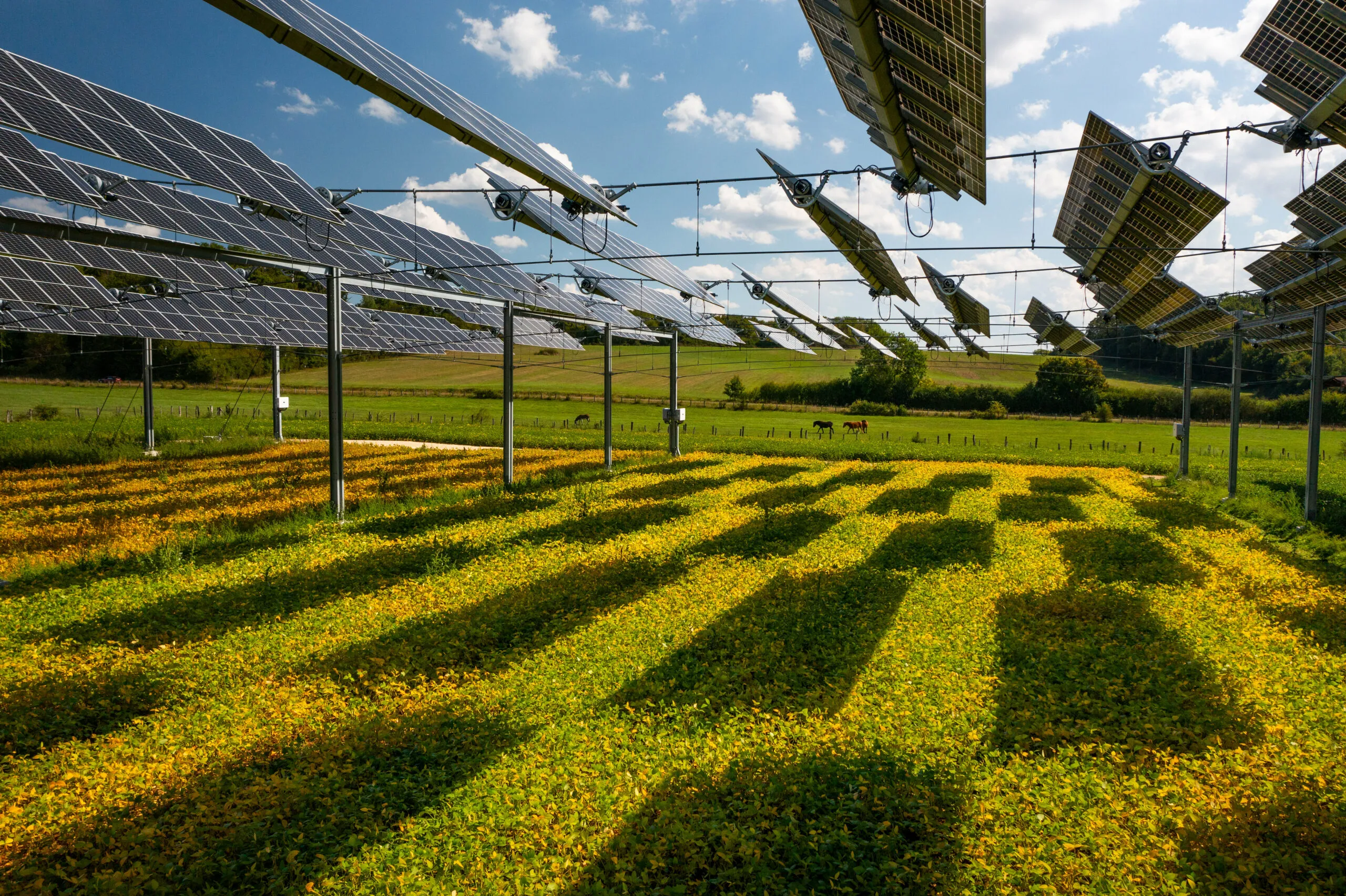
What is Agrivoltaics?
Agrivoltaics is the combination of agriculture and photovoltaics—where solar panels are installed above farmland, greenhouses, or pastures. The design allows enough sunlight to pass through for crops while generating clean electricity.
Term first introduced by Fraunhofer Institute for Solar Energy Systems (Germany).
Land-use efficiency can increase by up to 70% compared to separate farming and solar use (Fraunhofer ISE Study, 2022).
Helps farmers adapt to climate change while creating a second income source.
How Agrivoltaics Systems Work
An agrivoltaics farming system is built around optimizing sunlight, soil, and water. Panels are mounted at higher elevations or with specific tilts to balance shading and energy output.
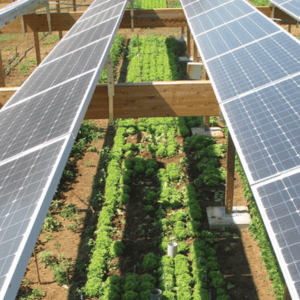
Agrivoltaics Solar Panels
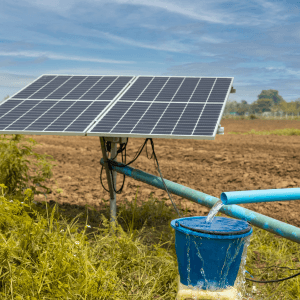
Solar Sharing in Agriculture
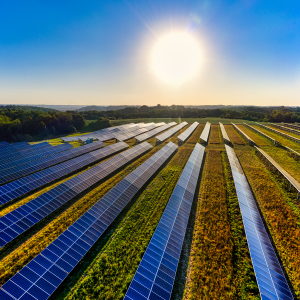
Photovoltaic Farming Technology
Well-designed systems can reduce crop water use by 20–30% while maintaining stable energy production.
Benefits of Agrivoltaics Solar
Agrivoltaics offers a wide range of environmental, economic, and social benefits:
Higher Land Productivity
Dual use increases land efficiency by up to 60%.
Water Conservation
Shaded crops need less irrigation, reducing water use.
Crop Protection
Solar panels shield crops from excessive heat, hail, and wind.
Climate Resilience
Solar panels protect crops from heatwaves, hail, and frost.
Farmer Income Diversification
Revenue from crops + solar energy sales (via PPAs or net metering).
Example Data (India, 2023):
- 1 MW Agrivoltaic Project requires ~4–5 acres.
- Can generate 1.4–1.6 million units/year.
- Farmers can earn ₹25–35 lakhs/year from power sales, plus crop income.
Challenges & Limitations
Despite its potential, agrivoltaics faces challenges:
High Initial Investment – Installation costs are higher than conventional solar
Crop Compatibility – Not all crops grow well under partial shading
Technical Design Needs – Requires careful planning of spacing, tilt, and height
Policy & Subsidy Gaps – Limited regulatory frameworks in many regions
Applications of Agrivoltaics solar panels
Agrivoltaics can be adapted to different agricultural models and ecosystems. From open fields to greenhouses and livestock farms, these agrivoltaics farming systems demonstrate how solar energy and agriculture can coexist efficiently.
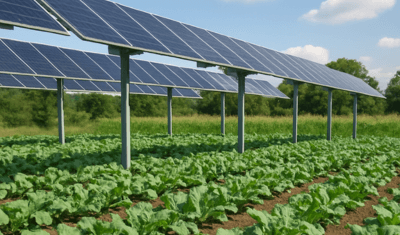
Agrivoltaics Greenhouse
Incorporating agrivoltaics solar panels on greenhouse rooftops helps regulate internal temperatures while producing clean energy.
- Panels act as shading structures, reducing heat buildup.
- Useful for high-value crops like cucumbers, peppers, and flowers.
- Farmers can reduce cooling and lighting costs by 20–30% while achieving stable production.
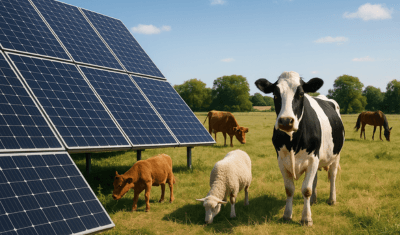
Livestock & Grazing Systems
Agrivoltaics with sheep and cattle has emerged as a cost-effective way to manage land.
- Sheep grazing under panels prevents weed growth without herbicides.
- Cattle benefit from shade, leading to lower heat stress and improved milk yield.
- Creates a balanced ecosystem by integrating energy, food, and animal welfare.
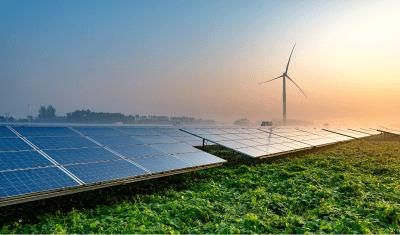
Solar Farming Integration with Crops
Agrivoltaics enables farmers to cultivate shade-tolerant crops for solar farms while harvesting solar power.
- Examples: Lettuce, spinach, tomatoes, grapes, and strawberries.
- Impact: Studies in Japan and India show crop yields under solar panels can be 5–15% higher due to reduced heat stress and better soil moisture.
- Benefit: Dual revenue streams — crop sales + solar electricity sales.
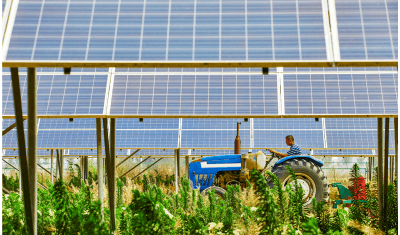
Solar Sharing in Agriculture
Also known as “solar crop sharing,” this approach distributes sunlight between crops and solar panels.
- Semi-transparent panels or east-west bifacial panels allow enough light for crops.
- Farmers can optimize solar layouts based on the photosynthetic needs of crops.
- Particularly effective in regions with excess solar radiation, where shading improves crop survival.
Agrivoltaics Projects around the World
- India: MNRE pilot projects in Maharashtra and Gujarat testing grapes and tomatoes.
- France: Vineyards in Occitanie region report improved grape quality with agrivoltaics.
- USA: University of Arizona projects show water savings of 30% in arid farming.
- Japan: Over 2,000 agrivoltaic farms integrating rice, tea, and vegetables.
These projects prove that solar farming integration with crops is not only possible but highly profitable.
Economics & ROI of Agrivoltaics
Agrivoltaics combines solar power generation with farming, creating a reliable dual-income model. While the upfront investment is slightly higher than traditional solar, the returns are stronger in the long run.
- Setup Cost (India): Typically ₹3.5–4.5 crore per MW, depending on structure height, panel type, and land conditions.
- Payback Period: Farmers usually recover costs in 4–6 years through electricity sales (via PPAs or net metering) and reduced irrigation needs from shaded soil.
- Annual ROI: Around 12–16%, influenced by local tariffs, crop selection, and climate conditions. Shade-tolerant crops like tomatoes, grapes, and leafy greens often show better performance under solar panels.
- Carbon Credits: Each 1 MW project can offset ~1,500 tons of CO₂ per year, opening an additional income stream through carbon trading.
Key Takeaway: With land-use efficiency rising by 60–70%, farmers can earn more from the same land, making agrivoltaics a profitable and sustainable farming solution.
Policies & Government Support in India
In India, agrivoltaics is still an emerging concept, but government agencies are beginning to recognize its potential in addressing both food security and renewable energy goals.
- The Ministry of New and Renewable Energy (MNRE) promotes the idea of dual-use solar farming, where land is used for both electricity generation and agriculture.
- The PM-KUSUM scheme supports farmers in installing decentralized solar plants and solar pumps, which can be adapted for agrivoltaic systems.
- Pilot projects in Maharashtra, Gujarat, and Rajasthan are testing crops like grapes and onions under solar panels.
- Dedicated subsidies for agrivoltaics are not yet finalized, but the government is working on policies to encourage adoption.
The Future of Agrivoltaics
Emerging innovations are making agrivoltaics even more efficient:
- Semi-Transparent Solar Panels – Allow more light to reach crops.
- AI & Smart Irrigation – Automated drip systems optimize water based on shading.
- Floating Agrivoltaics – Solar panels on ponds can support aquaculture with reduced evaporation.
Experts predict agrivoltaics will play a key role in achieving global net-zero targets while ensuring food security.
Why Choose Synergy Solar for Agrivoltaics?
At Synergy Solar, we combine expertise in solar power installation with a deep understanding of farming needs to deliver agrivoltaic solutions that maximize land productivity and farmer income. Here’s why we are the trusted choice across India
Pan-India Presence
We supply and install agrivoltaics systems across all states, ensuring reliable service and support wherever you are.
Dual Expertise
Specialists in both solar technology and agriculture integration, ensuring systems are designed for crops, livestock, and greenhouses.
Higher ROI
Our solutions help farmers earn from both electricity and agriculture, with payback periods as short as 4–6 years.
End-to-End Services
From design and supply to installation and maintenance, we provide complete project support.
With Synergy Solar, you get more than just panels — you get a partner in building the future of sustainable farming and renewable energy in India.
FAQs About Agrivoltaics
What is agrivoltaics in farming?
Agrivoltaics is the practice of using the same land for both solar energy generation and agriculture. It improves land-use efficiency by allowing farmers to grow crops or raise livestock under agrivoltaics solar panels.
How does an agrivoltaics system benefit farmers?
An agrivoltaics farming system helps farmers earn dual income from crop production and electricity generation. It also reduces irrigation needs, protects crops from extreme weather, and improves long-term sustainability.
Which crops grow best under solar panels?
Shade-tolerant crops for solar farms such as tomatoes, leafy greens, grapes, strawberries, and root vegetables grow well under solar panels. Studies show improved crop yield under solar panels due to reduced heat stress and better soil moisture.
What is dual-use solar farming?
Dual-use solar farming, or agrivoltaics, means using farmland for both photovoltaic farming technology and crop cultivation. This approach boosts farmer income and contributes to renewable energy production.
Can agrivoltaics be used with livestock?
Yes. Agrivoltaics with sheep and cattle is becoming popular. Sheep grazing helps control weeds under panels, while cattle benefit from shade, reducing heat stress and improving productivity.
What is the ROI of agrivoltaics projects in India?
Agrivoltaics projects in India typically cost ₹3.5–4.5 Cr per MW and offer an ROI of 12–16% annually, with payback in 4–6 years. Farmers can also earn from carbon credits and power purchase agreements.
Does the Indian government support agrivoltaics?
Yes. The MNRE and PM-KUSUM scheme encourage solar farming integration with crops, though dedicated subsidies are still evolving. Pilot projects in Maharashtra, Gujarat, and Rajasthan are already underway.
